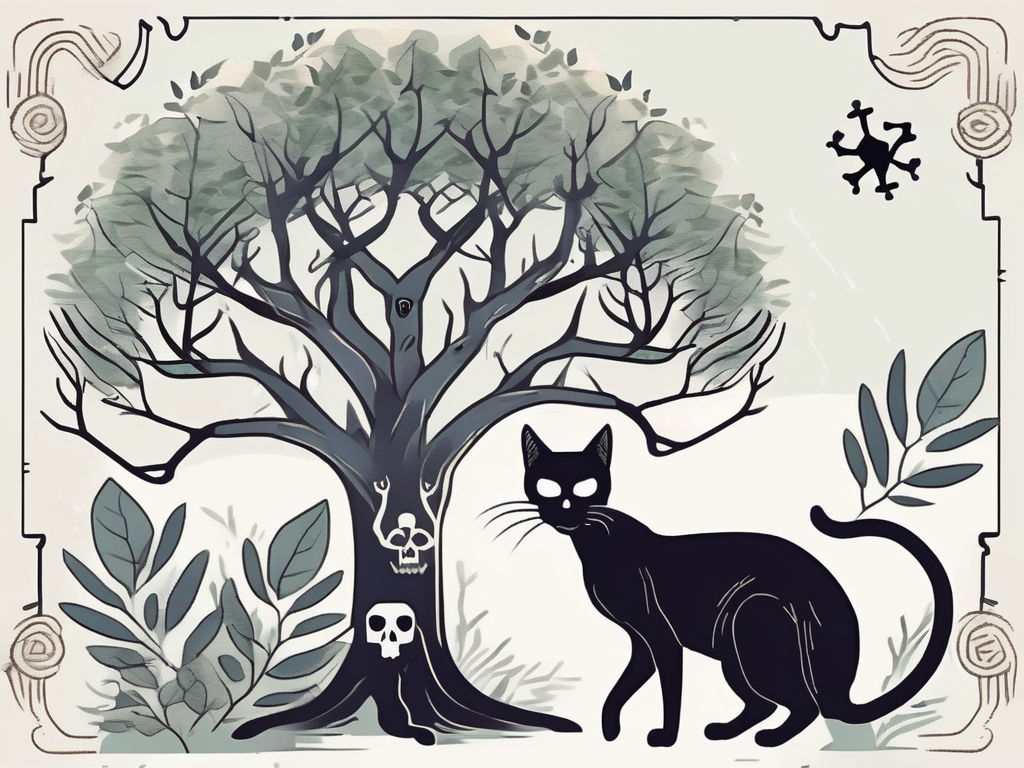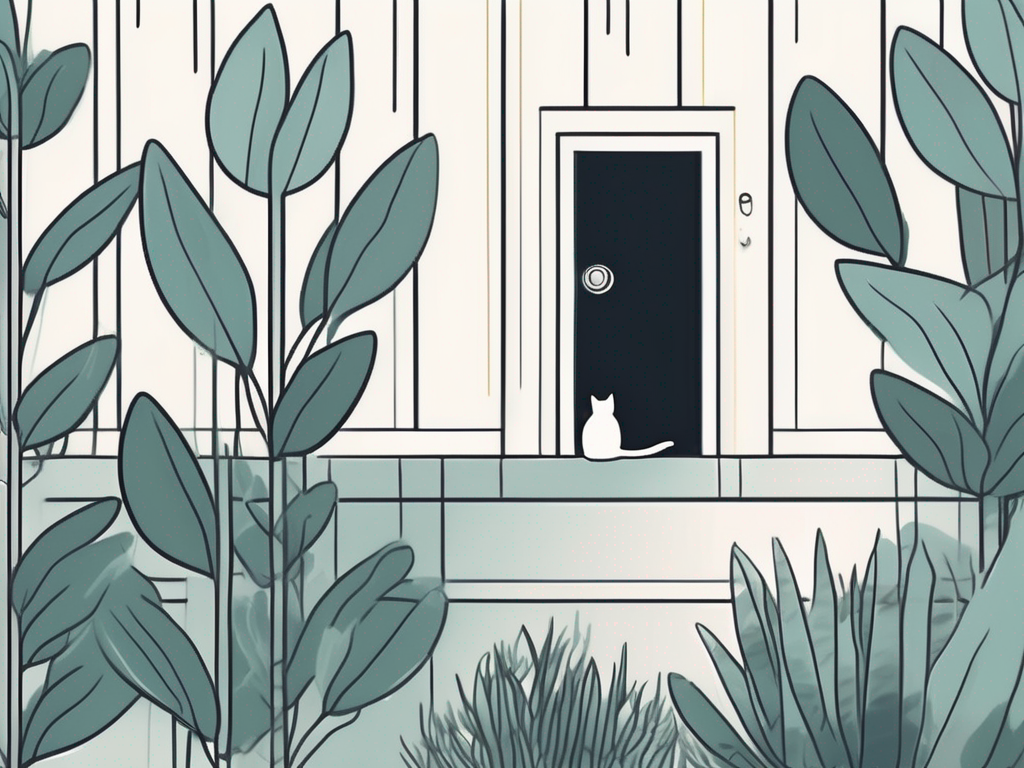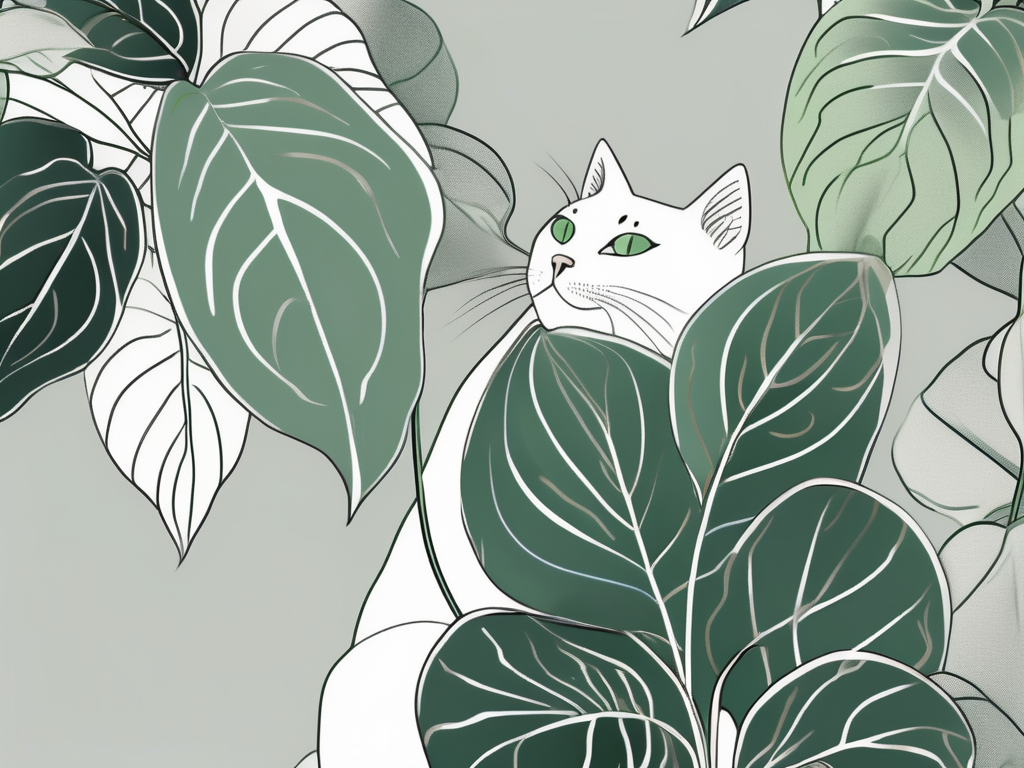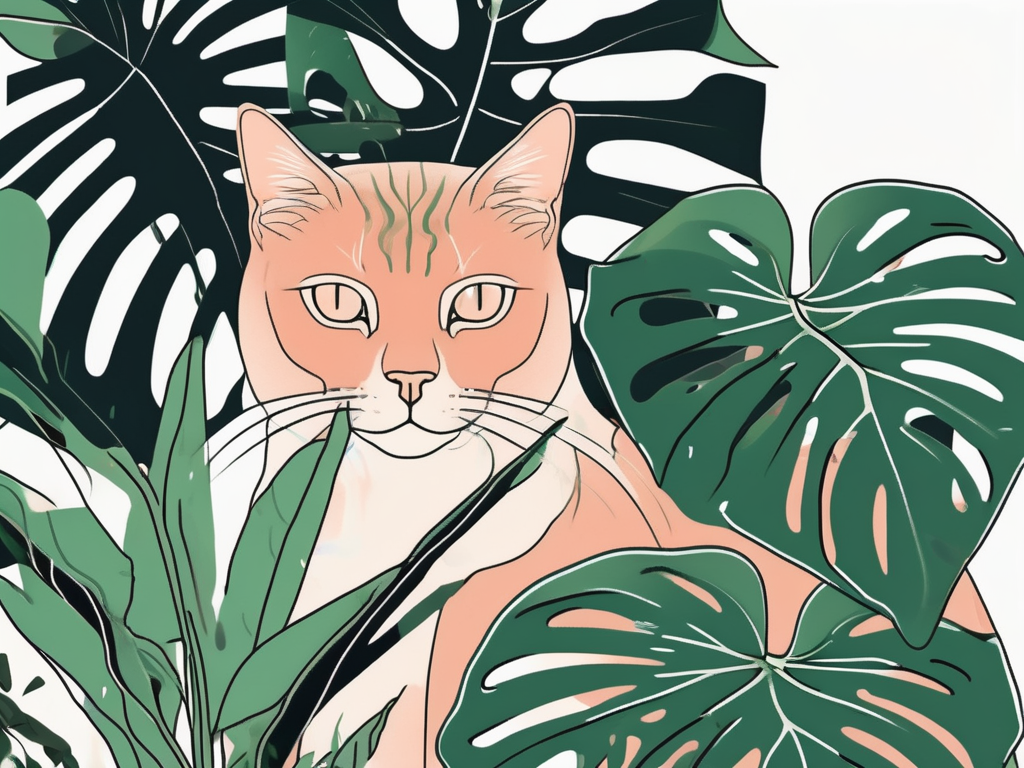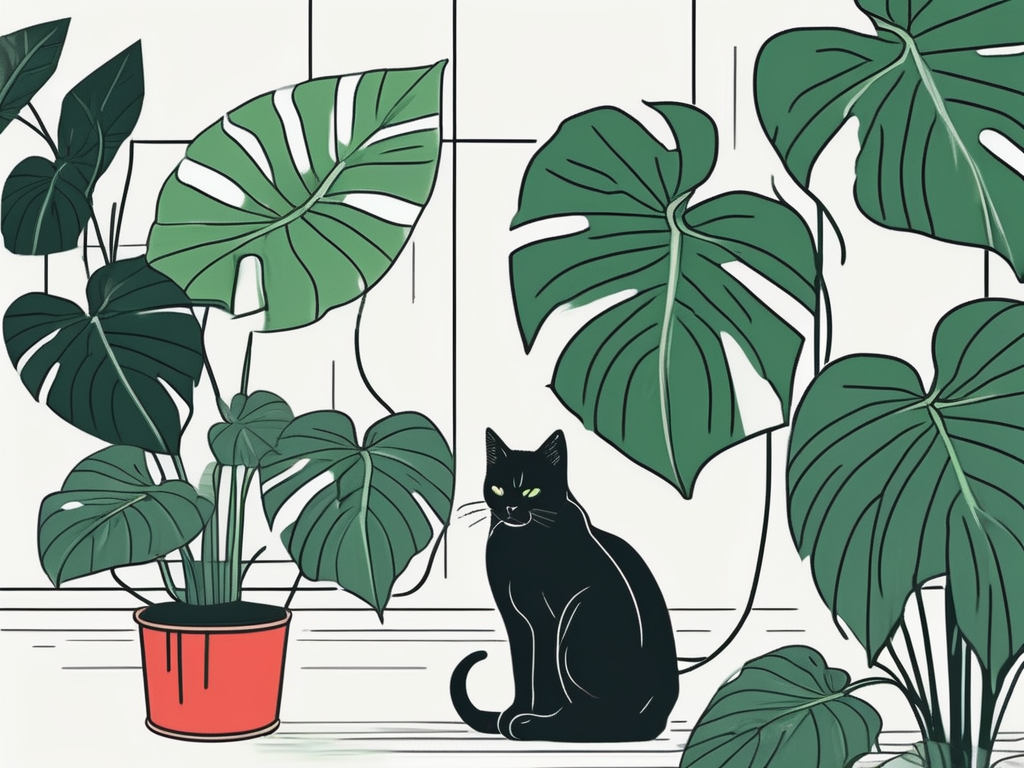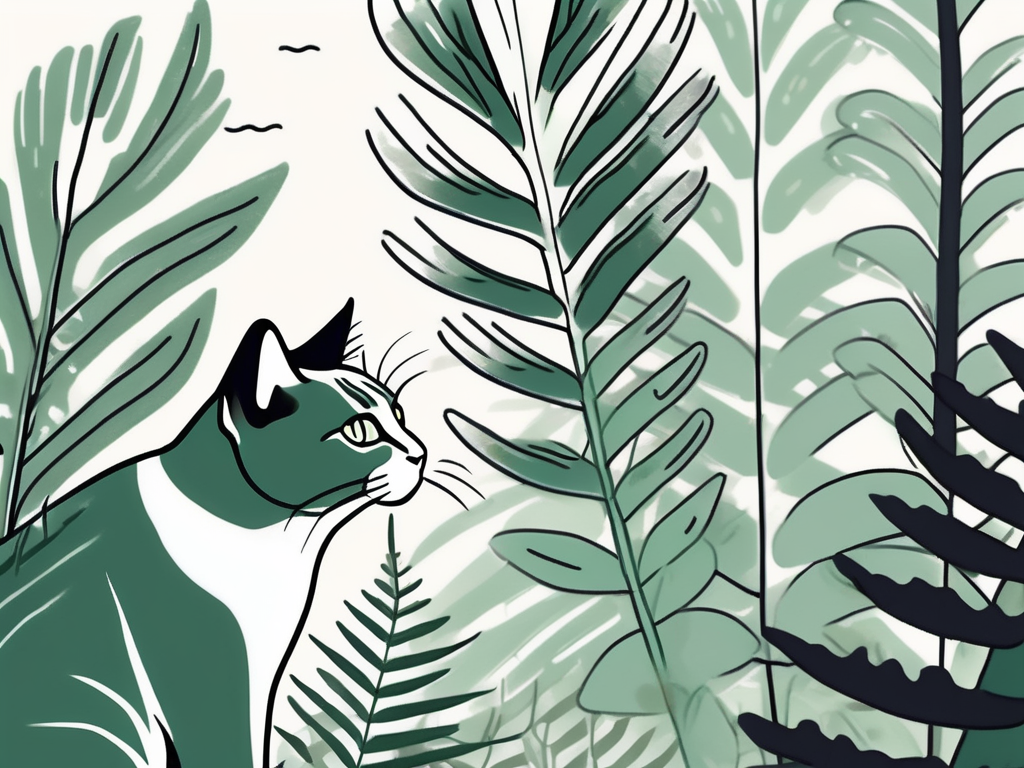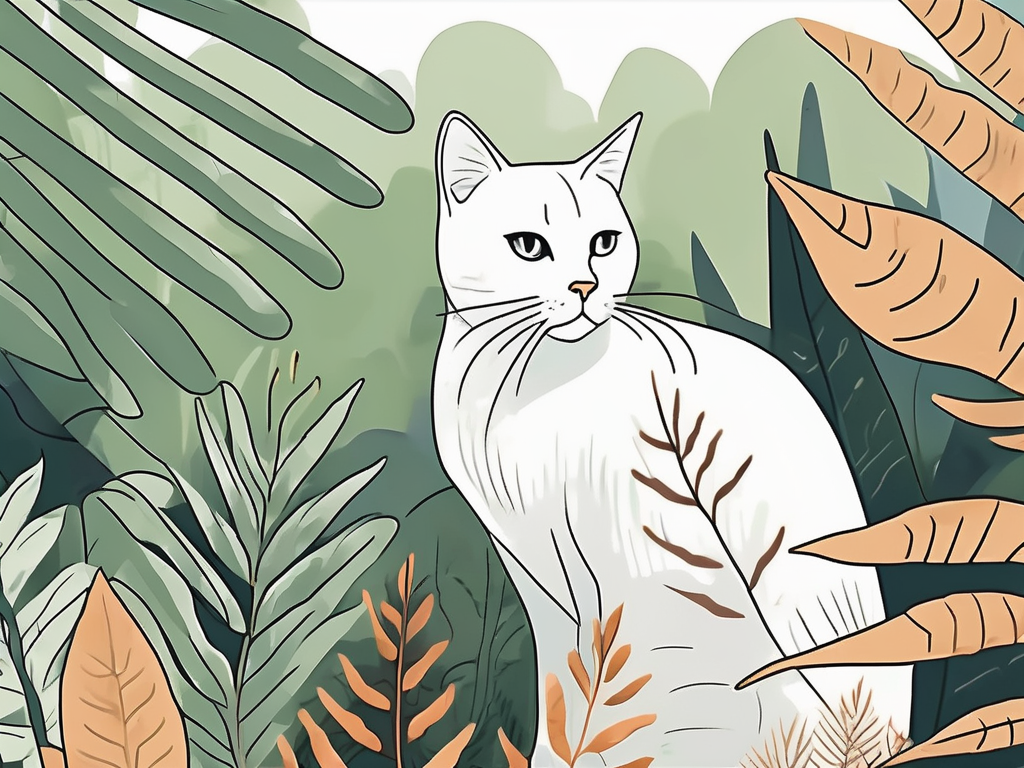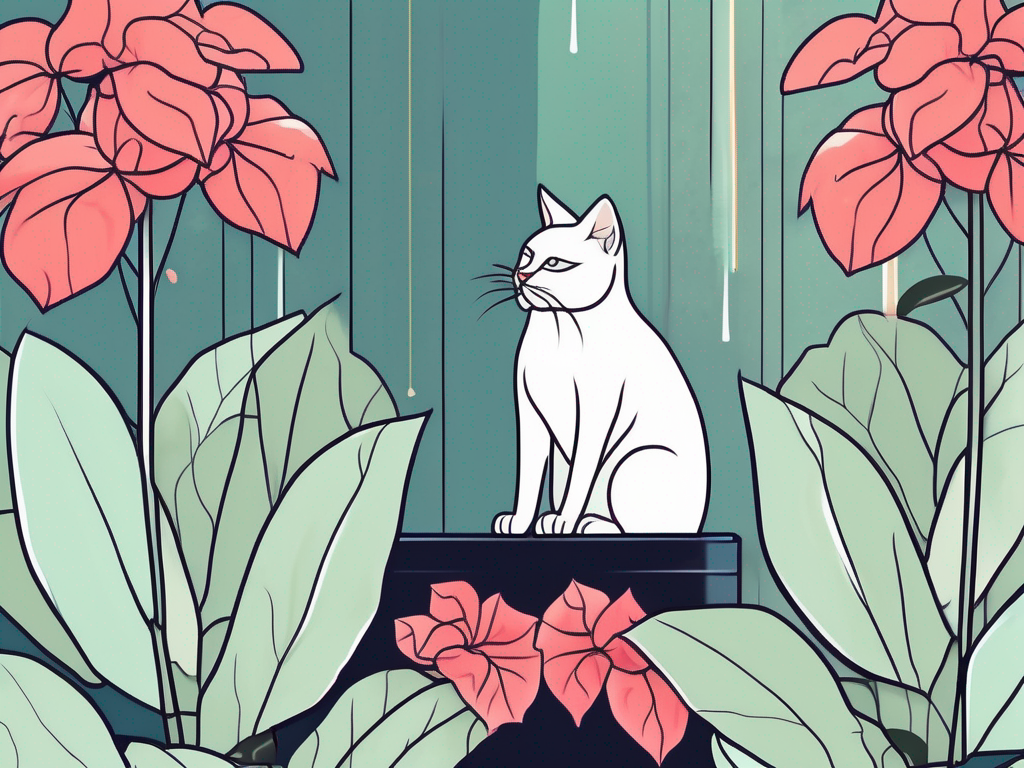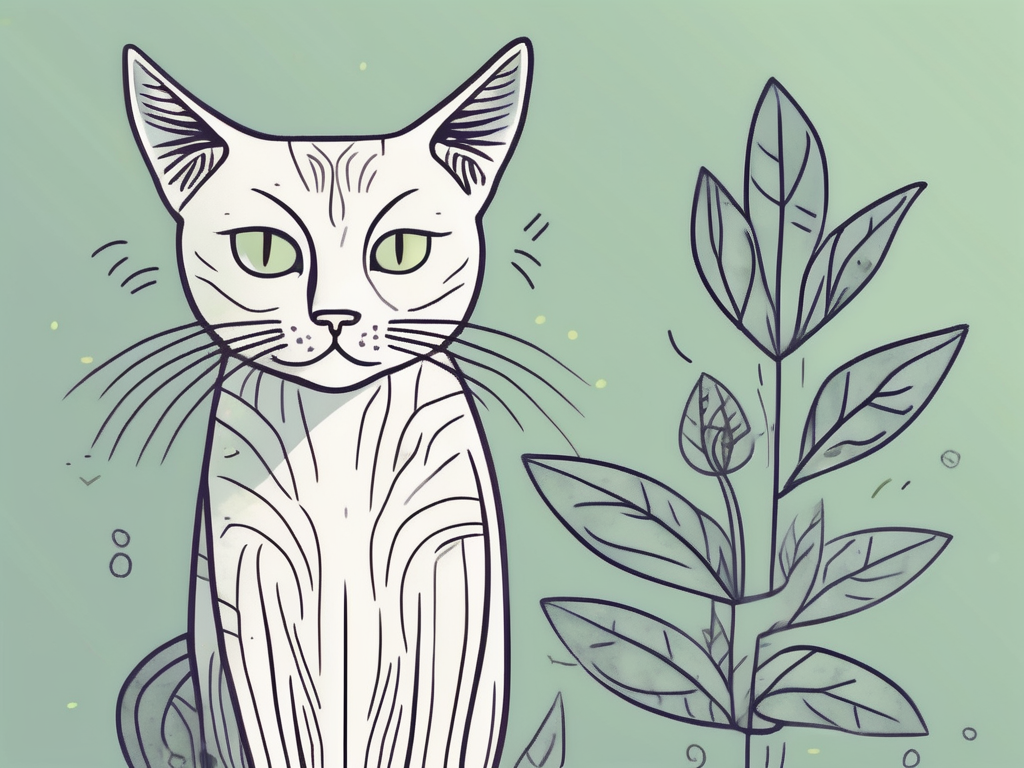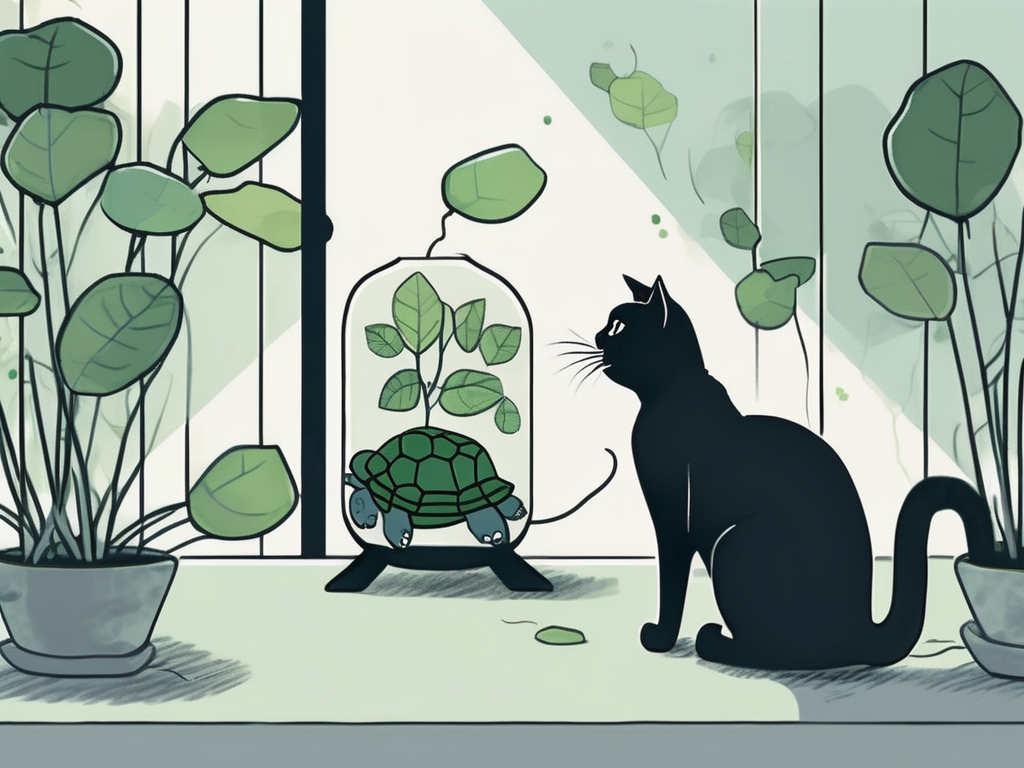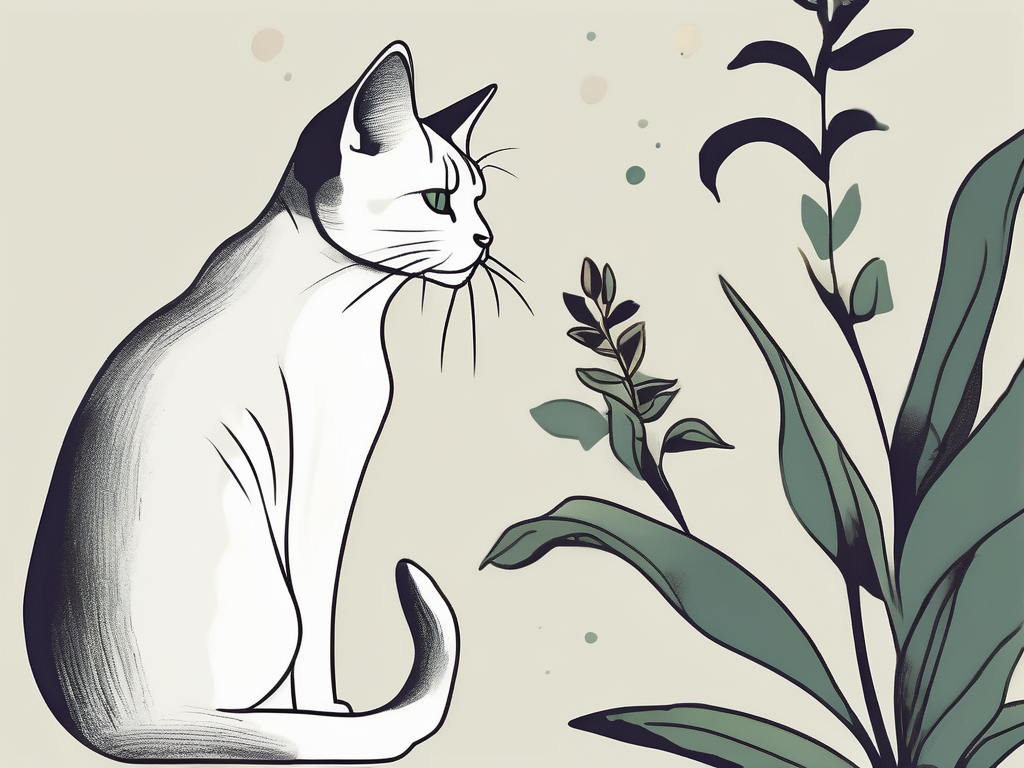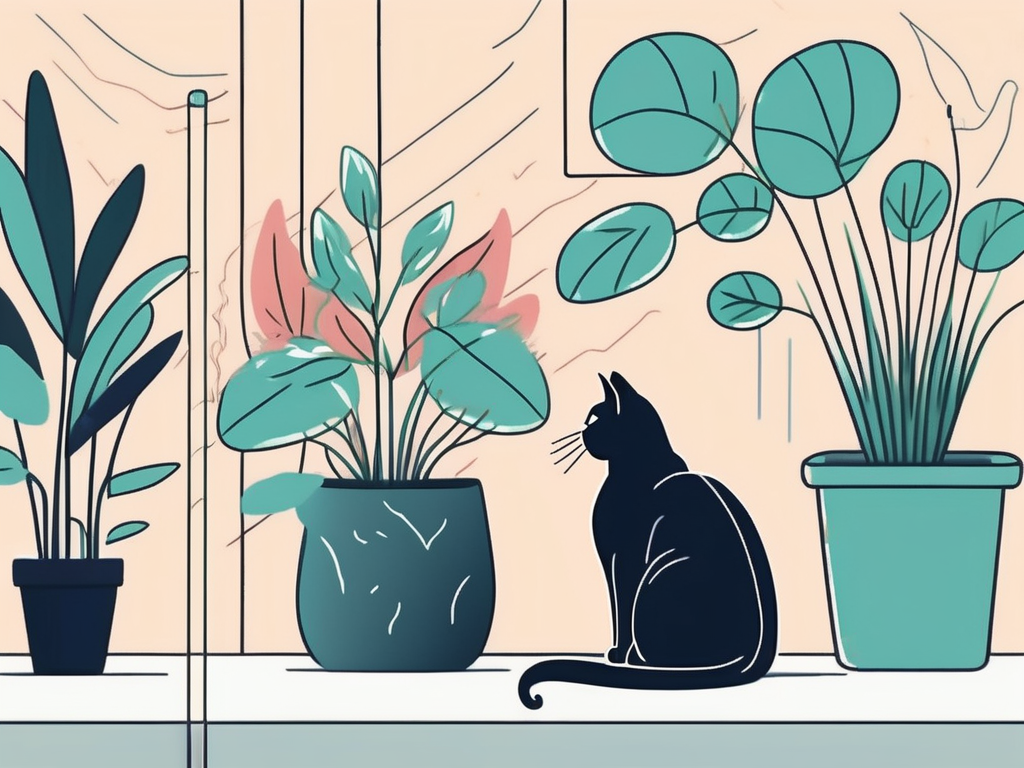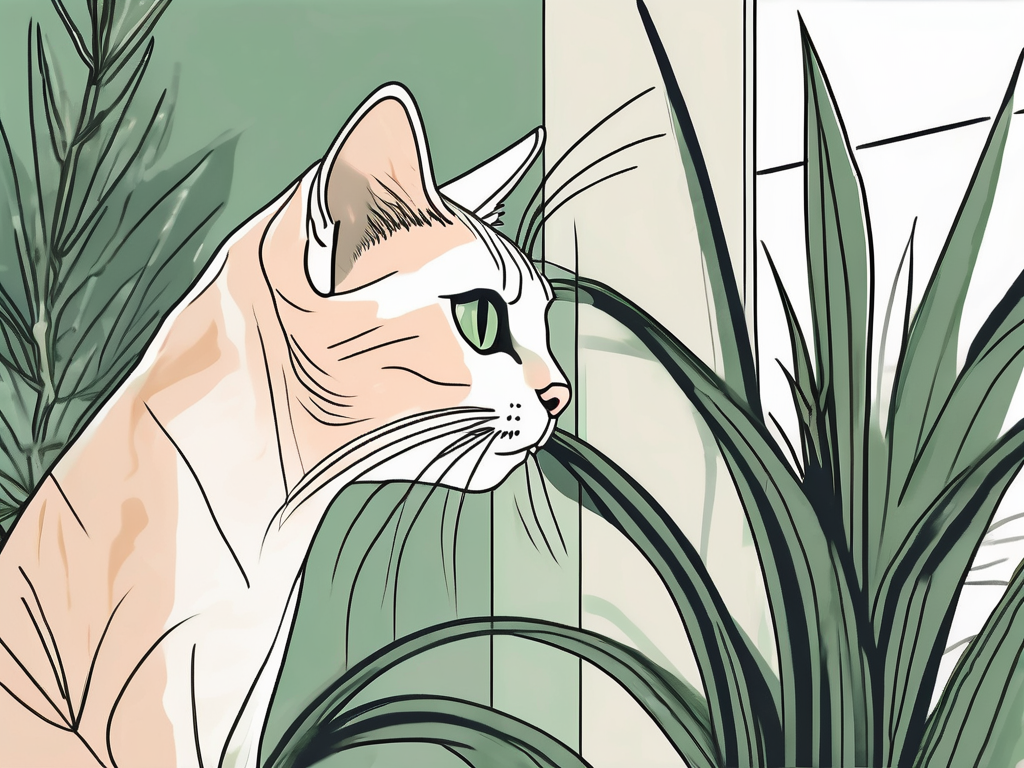
If you're a cat owner who's also into houseplants, you've probably found yourself frantically Googling whether a certain plant is safe for your furry friend. One plant that often comes up in these searches is the spider plant. Known for its vibrant green leaves and easy care, it's a popular choice for plant lovers. But the pressing question is: are spider plants toxic to cats?
In this article, we'll explore everything you need to know about spider plants and your feline friends. From understanding the nature of spider plants to why cats are drawn to them, we'll cover it all. We'll also look at what you can do if your cat munches on your plant and how to keep both your plants and pets happy and healthy.
What Exactly is a Spider Plant?
First, let’s talk a bit about what spider plants are. These resilient plants are native to South Africa and are scientifically known as Chlorophytum comosum. They are favored for their ability to thrive in various conditions, making them ideal for everyone from seasoned plant parents to those just starting their plant journey.
Spider plants are characterized by their long, arching leaves that are typically green with white stripes. They also produce small white flowers and tiny plantlets, which dangle from the mother plant like little spiders—hence the name. These features not only make them attractive to humans but also to curious cats.
Interestingly, spider plants are known for their air-purifying abilities, which is another reason why they’re a staple in many homes. They are particularly good at removing pollutants like formaldehyde and xylene from the air, which can contribute to a healthier home environment.
Are Spider Plants Toxic to Cats?
Now, let’s get to the heart of the matter: are spider plants harmful to cats? The short answer is no, spider plants are not toxic to cats. According to the ASPCA (American Society for the Prevention of Cruelty to Animals), spider plants are non-toxic to both cats and dogs.
However, there's a bit more to the story. While they aren't toxic, spider plants contain compounds that are mildly hallucinogenic to cats. This can make them quite appealing to our feline friends and might explain why your kitty seems so fascinated by them. Similar to catnip, these compounds can cause cats to experience a mild high, leading them to chew on the plant more than they should.
Ingesting large quantities of spider plants could lead to some digestive upset for your cat. Symptoms might include vomiting or diarrhea, but these are generally mild and tend to resolve on their own. If you're ever concerned about your cat's health, it's always a good idea to consult with a vet.
Why Do Cats Love Spider Plants?
Have you ever wondered why your cat is more interested in your spider plant than any other plant you own? You're not alone. Many cat owners report that their cats are especially fond of spider plants, and there are a few reasons why this might be the case.
First, the texture of the leaves is very appealing to cats. The long, thin leaves resemble grass, which many cats naturally like to chew on. Cats are known to eat grass as it can help with digestion and sometimes to induce vomiting to clear out hairballs.
Second, as mentioned earlier, spider plants have a mild hallucinogenic effect on cats. This can make them even more enticing, leading to increased interaction. Cats might bat at the leaves, chew them, or even try to drag the plant around the house.
Finally, the dangling plantlets from a mature spider plant can look like fun playthings to a curious cat. They may see them as toys to paw at or nibble, much like they would with a dangling string or feather toy.
What to Do If Your Cat Eats Your Spider Plant
So, what should you do if you catch your cat nibbling on your spider plant? First, don't panic. As we've discussed, spider plants are not toxic to cats, and a small nibble here and there is unlikely to cause any harm.
If your cat seems to be eating a lot of the plant, you might notice some mild symptoms such as:
- Vomiting
- Diarrhea
- Excessive drooling
These symptoms are usually mild and should pass quickly. Ensure your cat has access to fresh water and monitor them for any signs of distress. If symptoms persist or worsen, a call to the vet is advisable.
In the meantime, you can try to deter your cat from eating your plant. One method is to place your spider plant in a location that's out of your cat's reach, such as hanging it from the ceiling or placing it on a high shelf. You can also try using deterrent sprays available at pet stores, which are designed to make plants less appealing to curious cats.
How to Keep Your Cat Away from Your Spider Plant
Keeping your cat away from your spider plant can be a bit of a challenge, especially if your feline friend is particularly persistent. However, there are several strategies you can try to protect both your plant and your cat from each other.
First, consider placing your spider plant in an area that's harder for your cat to access. Hanging baskets or tall plant stands can be effective ways to keep your plant out of reach. Just make sure the plant still gets enough light and care in its new location.
Another option is to distract your cat with alternative attractions. Provide your cat with cat grass, which they can safely chew on to their heart's content. Cat grass is often sold in pet stores and can satisfy your cat's craving for greens without causing any harm.
You could also enrich your home with more cat-friendly plants. Some safe options include:
- Catnip
- Valerian
- Lemon balm
These plants can provide your cat with safe and enjoyable alternatives to your spider plant.
Alternatives to Spider Plants for Cat Owners
If you're concerned about your cat's interest in your spider plant, you might be wondering about alternative plants that are both beautiful and completely safe for your pet. Fortunately, there are plenty of options available that will keep your home looking green without any added worry.
Some cat-friendly houseplants to consider include:
- Bamboo Palm: This plant is not only safe for cats but also an excellent air purifier.
- Boston Fern: Known for its feathery fronds, the Boston fern is a non-toxic option for homes with cats.
- Areca Palm: Another air-purifying plant that's safe for cats and adds a tropical vibe to any room.
- Friendship Plant: With its textured leaves and easy-care nature, this plant is both cat-safe and visually striking.
These alternatives can help you maintain a lush, green home without the need to constantly guard your spider plant from curious paws.
Balancing Plant Care and Pet Safety
Being both a plant lover and a pet owner can sometimes feel like walking a tightrope. You want to keep your home filled with beautiful greenery while also ensuring that your pets are safe and healthy. Fortunately, it's entirely possible to achieve both with a few thoughtful strategies.
Start by educating yourself on which plants are toxic and non-toxic to your pets. This will help you make informed decisions when selecting new plants for your home. Websites like the ASPCA's plant database can be an invaluable resource.
Also, consider your pet's personality. Some cats are more curious or mischievous than others, which might affect how you arrange your plants. Adjusting the layout of your home to accommodate both your plant and pet needs can create a harmonious living space.
Lastly, remember that it's okay to make mistakes. If your cat gets into your plants or you accidentally bring home a plant that's not pet-friendly, use it as a learning experience. With time and effort, you'll find the perfect balance for your unique household.
Creating a Cat-Friendly Plant Environment
Creating a cat-friendly plant environment doesn't mean you have to compromise on style or variety. It's all about making smart choices and setting up your space in a way that works for everyone involved.
Start by choosing a mix of plants that are both safe and appealing. Combine cat-safe plants with a few hanging or high-placed plants that your cat can't reach. This way, you can still enjoy a diverse plant collection without worrying about your cat's safety.
Another tip is to use decorative elements to create barriers around your plants. For instance, placing decorative stones or shells in the soil can discourage cats from digging. You can also use plant stands with built-in barriers to keep curious paws at bay.
And don't forget to engage your cat's other interests. Provide plenty of toys, scratching posts, and interactive playtime to keep them occupied. A happy, stimulated cat is less likely to spend time plotting ways to reach your plants.
Final Thoughts
In summary, while spider plants are not toxic to cats, they can pose some minor risks if your feline friend decides to have a nibble. Understanding why cats are attracted to these plants and taking steps to protect both your plants and pets can create a harmonious living space for everyone.
At Cafe Planta, we’re passionate about helping you care for your plants. Whether you’re looking for new plants, need advice, or just want to browse our plant-themed apparel, we’re here for you. If you have any questions or need support, don’t hesitate to email us or reach out on Instagram. We’re excited to help you create a thriving plant collection and share our love of plants with you.













